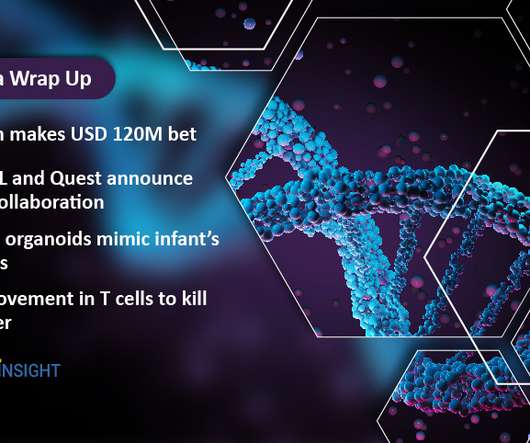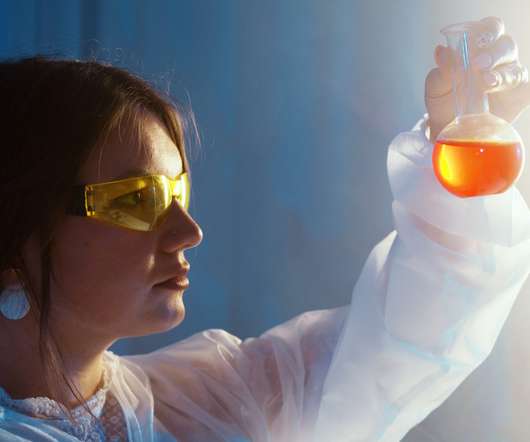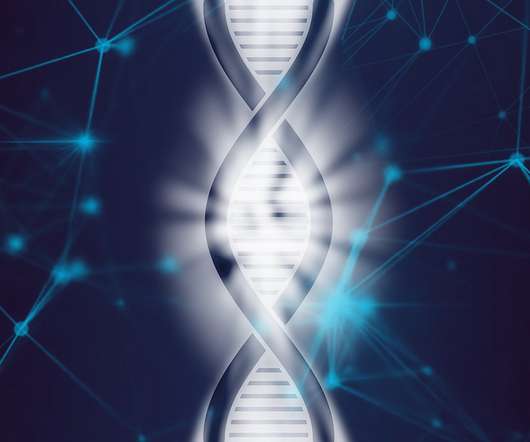AI-designed protein awakens silenced genes, one by one
The Pharma Data
MARCH 7, 2022
“The beauty of this approach is we can safely upregulate specific genes to affect cell activity without permanently changing the genome and cause unintended mistakes,” Levy said. PRC2 can be blocked with chemicals, but they are imprecise, affecting PRC2 function throughout the genome.














Let's personalize your content